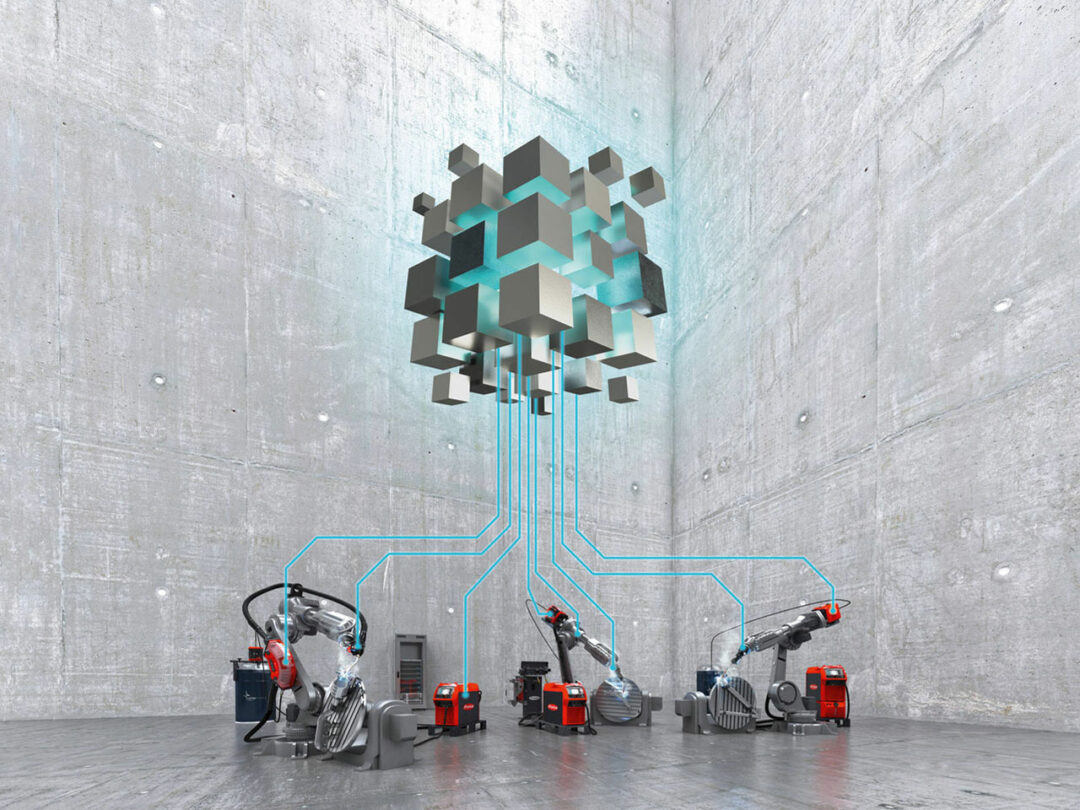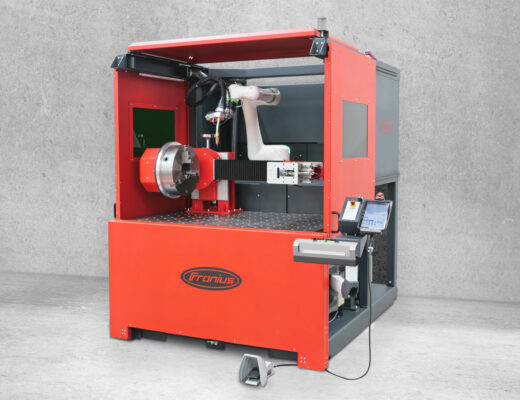The topic of big data is gaining ground worldwide and becoming increasingly significant in welding technology. This means that, above all, welding data documentation combined with comprehensive analysis opportunities are decisive factors when it comes to a good production process. This is because only those who truly know their processes can optimize them in a targeted manner and avoid errors. With this in mind, Fronius has developed WeldCube, a documentation and data analysis system.
Welding Data Documentation: It’s All About Big Data!
Do you document and analyze your welding data? If your answer is “no”, then all we can say is: you should be. Big data is no longer only a topic for politicians and economists. Collecting and processing data opens up completely new possibilities in welding technology. This means that welding data documentation and its subsequent analysis is becoming increasingly important in industrial manufacturing processes. A networked and automated production environment helps the user to collect information from all the welding data at their disposal. Through a system of monitoring and analyzing, imperfections and errors can be detected promptly, allowing processes to be optimized. This means that companies can make their machines, systems, and even their entire production lines more powerful and efficient.
Welding Data Documentation and Analysis as a Welding Challenge?
There’s no question that welding data documentation and analysis is massively significant. But how do companies manage this step in a networked, digitized production environment? How do they conquer this apparent welding challenge without interfering too much in their usual process steps? With this in mind, Fronius has developed “WeldCube”, a documentation and data analysis system.
Around 50 power sources can be networked with WeldCube, depending on the server dimensioning. The browser-based software collects data relating to current, voltage, wire speed, and welding speed, among other things. The data management system then allows users to exploit this information to improve welding processes. A customizable dashboard with various statistics and filter functions provides a simple overview, ensuring the user always has the most important data to hand. In addition, the results are not only available on the computer, but also on mobile devices.
How Data Analysis Improves the Welding World
The WeldCube is easy to explain: The software documents the actual values of each weld seam, thus enabling a comparison with the target values. Networking helps to automatically document data not only per machine, but also across devices at component level. Above all, this promotes the transparency and traceability of each component produced. Analyzing gas, wire, energy, and filler metals helps to optimize consumption rates. In addition, a welding data documentation and analysis system provides considerable support for welding coordination personnel in companies that are subject to documentation requirements. Where previously the seam had just been inspected with the naked eye alone and the entire documentation had been prepared by hand in advance, the introduction of an automated system such as WeldCube saves time and costs. Not least because it supports the quality assurance process.
Another advantage of networked welding systems is the saving and transfer of jobs – defined parameters for a specific welding task – to other devices. Where manual adjustment may take approximately two hours on 15 welding systems, WeldCube can transfer these data in less than five minutes. Even a component report can be easily created in just three clicks.
Networking, automation, and digitization in industrial production are some of the most important topics of our time. In the smart companies of tomorrow, individual production stages are no longer viewed in isolation, but as part of a whole. Welding data documentation and analysis, in combination with other systems, is soon to become an indispensable tool of a modern, digitally networked company. To put it simply: Let’s get connected!
If you want to learn more about Industry 4.0 in welding technology, download the white paper here:
 Perfect Welding Blog
Perfect Welding Blog




4 Comments
Fluix
11. August 2022 at 6:49Welding is a complex process consisting of many stages and requires control at all stages. The requirements for the production of welding works do not end with the selection of personnel and management, as well as with the observance of welding technology. Before, during and after the works, it is necessary to carry out their thorough control. The right to control can be granted both to managers and their deputies, and to narrow specialists or welders.
redakteur
22. August 2022 at 7:40Very well said! Thank you for your comment!
L. Phillips
21. October 2022 at 17:21if we dont incorporate data and analysis in our work we will be left behind
Maidul
28. March 2023 at 13:07Didn’t know about the software WeldCube. Definitely would give a try.
Thanks for the information